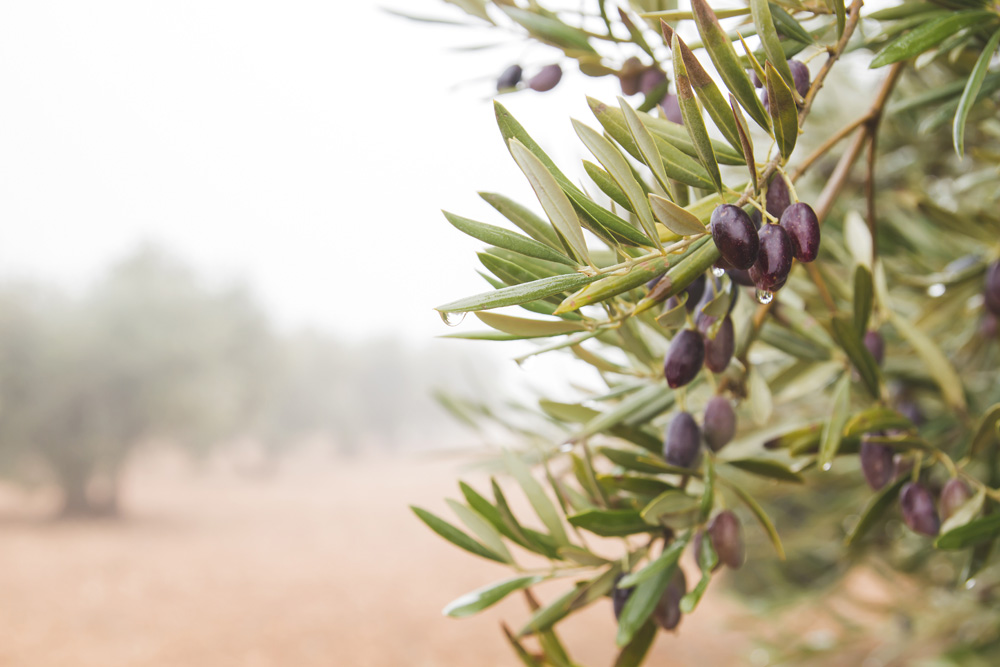Olea sp.
Common Name:
Olive

General Information:
The olive has deep green leaves with greyish undersides, and produces yellowish-white flowers followed by green or black fruit in late summer or early fall.
The olive is a tough customer - it is tolerant of wind (both hot and cold), soil condition and elevation (O. europea can live at altitudes up to 4900 ft.!) and can live 800 to 1000 years. It is much loved by bonsai enthusiasts as much for its rich historical and mythical lore as it is for its elegant shiny green leaves and trunk which takes on an aged, stony appearance when old.
Family:
Oleaceae.
Lighting:
Full sun in summer, less in winter. Requires 1000 Lux as an indoor plant.
Temperature:
Leaves can withstand temperatures down to 43F; the roots dislike freezing temperatures, although survival at temperatures down to 25F has been reported. Considered to be hardy in zone 9. The olive can be successfully grown as an indoor plant, but it is best to keep it outdoors in the summer, and should be kept below 64F in winter. To encourage fruiting, the plant should be kept for several weeks with nightly temperatures of 35F and daily temperatures of 60F.
Watering:
Water thoroughly, but keep slightly dry. Reduce watering in winter. The olive may benefit from daily misting.
Feeding:
Every two weeks from spring to autumn. Do not fertilize for three months after repotting. Use liquid bonsai fertilizer or half-strength general purpose plant food. It can benefit from an addition of pulverized organic fertilizer in mid-spring.
Pruning and wiring:
Suitable for all sizes, and all styles except broom. Creating your own jin/shari is not a good idea as the bark cracks easily, leaving the tree exposed to fungal infestation, although in my experience there is some natural die-back which may be used in the design of the tree.
Marco Favero from Evergreen Gardenworks talks extensively about styling the olive:
"Olive has a bad reputation with regard to pruning. When a substantial stem is cut back the new growth is coarse and vigorous at the cut. The best time for pruning to shape is the fall, when there is waning moon, especially if the branches have a diameter larger than 3cm(1 inch). If one prunes in the spring or summer, there is a risk of inverse taper in this area due to the resultant coarse, congested growth. Eliminate buds in this part to minimize this effect. The second pruning to shape is accomplished after the spring and fall growth before a new vegetative cycle begins. Eliminate buds that grow up or down, in order to have alternate ramification to right and left of the principal branches.
Pinching differs according bud colors and age of the tree and the cycle of growth. The new buds and stems are usually green, violet or tan. In young trees, one cuts to the first or third set of leaves, according to the direction of the buds. When stems turn from violet to tan it will grow only a few more buds. With young and old trees, you pinch when the branch is still green or is almost violet, eliminating last couple of leaves. Also pinch out leaves and buds that grow downward . Stop pinching if the temperature is down to 10C (50F) or up 40C (104F). By pinching in this fashion you will have smaller leaves and shorter internodes. Generally, almost all the leaves that are on green stems ramify less than half as much as those on the violet stems.
Wire young trees and stems that are only 2-3 years old. Wire carefully from late fall to spring, and only as necessary to control the branches, olive wood is soft and easily damaged. In aged trees, wire is applied to older branches, but it is good idea to use raffia during dormancy."
It is best to wire olive branches when just freshly lignified, as olive wood becomes very rigid when old.
Propagation:
Propagation by seed has only a 30% success rate. Cuttings are more successful, and quite large diameter cuttings (up to 2.5 inches) may be rooted. It is easiest to root cuttings first in a glass of water. The olive also suckers, and may be propagated by division.
Repotting:
Every 2-3 years in spring, as buds sprout. Trim about 1/3 of the root ball, and remove a proportional number of the old leaves. If more drastic root pruning is needed, complete defoliation is advised. Repot in free- draining, slightly calciferous soil.
Pests and diseases:
Aphids, ants, black mould, scale
Some species suitable for bonsai:
Olea ‘Cailletier’: small black olive.
Olea europaea: common olive - This Mediterranean native grows to 25 feet, with leaves of up to three inches.
Olea europaea ‘Montra’: ‘Little Ollie’ olive, dwarf olive - An excellent choice for miniature bonsai, as the leaves are much smaller than the species, the ‘Little Ollie’ is becoming popular with bonsai enthusiasts.
Olea europaea oleaster: wild olive - A natural bonsai subject, it produces less oil than the species, but has smaller leaves.
Olea europea sativa.
Olea ‘Picholine’: green olive.
Olea ‘Tanche’: black olive
Bibliography:
Ainsworth’s “Art of Indoor Bonsai”
Jahn (ed.) “The Simon and Schuster Guide to Bonsai”
Lesniewicz’s “Bonsai in Your Home”
Resnick’s “Bonsai”
Tomlinson’s “Complete Book of Bonsai”
Species information from Thomas (ed.) “The Hearst Garden Guide to Trees and Shrubs.”
Compiled by Sabrina Caine Edited by Thomas L. Zane
